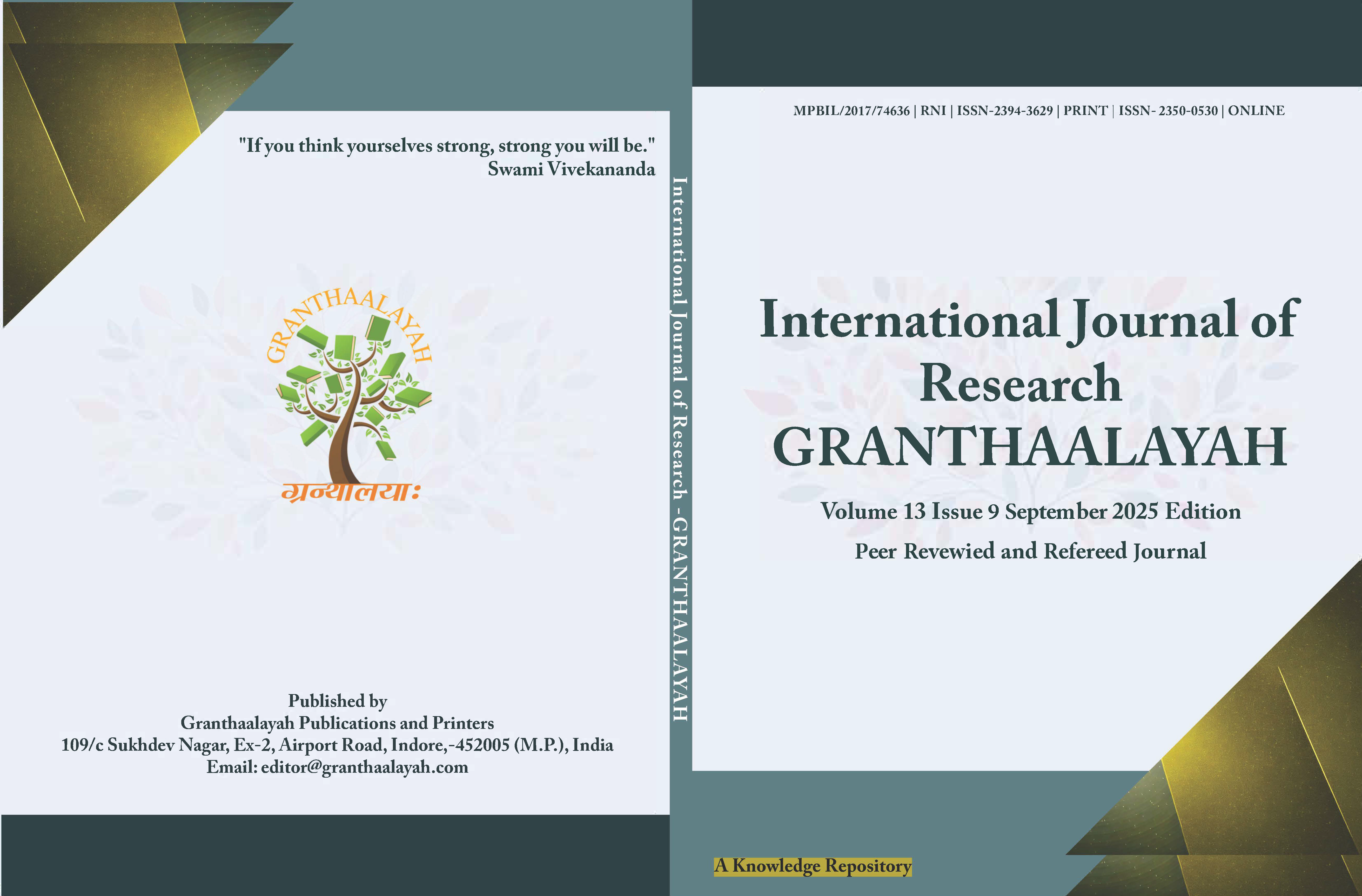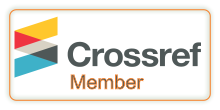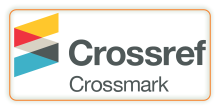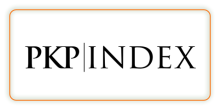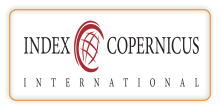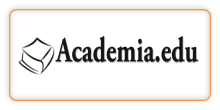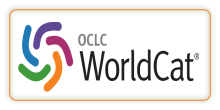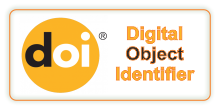INTEGRATING FINANCIAL EDUCATION INTO THE NATIONAL EDUCATION POLICY (NEP) 2020: A FRAMEWORK FOR FOSTERING ECONOMIC RESILIENCE
DOI:
https://doi.org/10.29121/granthaalayah.v13.i9.2025.6381Keywords:
National Education Policy (Nep) 2020, Financial Education, Economic Resilience, Curriculum IntegrationAbstract [English]
Financial Literacy and financial education are gaining worldwide attention as a critical skill for livelihood. Education is a skill for survival like food, home, and shelter. The National Education Policy (2020) is an education system with the tagline "Educating the Next Generation." NEP's core ideas include focusing on real-world skills, critical thinking, and hands-on learning, making it an ideal framework for financial education. Its main goal is to demonstrate how the policy's flexible and practical approach is a perfect fit for integrating essential financial skills into the school system, from a young age all the way through high school, so that students can learn about saving, investment banking, budgeting concepts, and more. The NEP's primary component is the inclusion of financial acumen, which transforms it from a purely academic subject into a strategic necessity by enabling young people to secure their own prospects and support the national economy. The objectives of the research paper are to find out the present status of financial literacy in India and the role of NEP in its promotion. The research also proposes a financial literacy model and identifies potential challenges, while simultaneously providing strategic recommendations for the effective implementation of the NEP with integrated financial education.
Downloads
References
Adebayo, V. I., Paul, P. O., & Eyo-Udo, N. L. (2024). Sustainable Procurement Practices: Balancing Compliance, Ethics, and Cost-Effectiveness. GSC Advanced Research and Reviews, 20(1), 98–107. https://doi.org/10.30574/gscarr.2024.20.1.0247 DOI: https://doi.org/10.30574/gscarr.2024.20.1.0247
Ahmad, G. N., Widyastuti, U., Susanti, S., & Mukhibad, H. (2020). Determinants of Islamic Financial Literacy. Accounting. https://doi.org/10.5267/j.ac.2020.7.024 DOI: https://doi.org/10.5267/j.ac.2020.7.024
Alliance for Financial Inclusion, DFSWG, & CEMCWG. (2021). Digital Financial Literacy toolkit.
Alliance for Financial Inclusion. (2021). Digital financial literacy.
Anita. (2019). Financial Literacy in India: A Critical Review of Digitalization and Demonetization. International Journal of Economic Research, 16(2), 267–271.
Atkinson, A., & Messy, F. (2012). Promoting Financial Inclusion Through Financial Education: OECD/INFE Evidence, Policies and Practice (OECD Working Papers on Finance, Insurance and Private Pensions, No. 34). OECD Publishing.
Azeez, N. P. A., & Akhtar, S. M. J. (2021). Digital Financial Literacy and its Determinants: An Empirical Evidence from Rural India. South Asian Journal of Social Studies and Economics, 11(2), 8–22. https://doi.org/10.9734/sajsse/2021/v11i230279 DOI: https://doi.org/10.9734/sajsse/2021/v11i230279
Bansal, P. (2019). A Conceptual Framework for Digital Financial Literacy. International Journal of Management and Applied Science, 5, 2394–7926.
Dimova, M., Berfond, J., Kelly, S., & Mapes, W. (2021). Empowering Women on a Journey Towards Digital Financial Capability. Women’s World Banking.
Fanta, A., & Mutsonziwa, K. (2021). Financial Literacy as a Driver of Financial Inclusion in Kenya and Tanzania. Journal of Risk and Financial Management, 14(11), 561. https://doi.org/10.3390/jrfm14110561 DOI: https://doi.org/10.3390/jrfm14110561
Filmer, D. (2008). Disability, Poverty, and Schooling in Developing Countries: Results from 14 Household Surveys. World Bank Economic Review, 22(1), 141–163. DOI: https://doi.org/10.1093/wber/lhm021
Loeb, M. E., & Eide, H. E. (2004). Living Conditions Among People with Activity Limitations in Malawi: A National Representative study. SINTEF Health Research.
Lusardi, A. (2019). Financial literacy and the Need for Financial Education: Evidence and Implications. Swiss Journal of Economics and Statistics, 155(1), 1–8. DOI: https://doi.org/10.1186/s41937-019-0027-5
Lusardi, A., & Mitchell, O. S. (2008). Planning and Financial Literacy: How do women fare? American Economic Review, 98(2), 413–417. DOI: https://doi.org/10.1257/aer.98.2.413
Lusardi, A., & Mitchell, O. S. (2014). The Economic Importance of Financial Literacy: Theory and Evidence. Journal of Economic Literature, 52(1), 5–44. DOI: https://doi.org/10.1257/jel.52.1.5
Lyons, A. C., & Kass-Hanna, J. (2021). A Methodological Overview of Defining and Measuring "Digital" Financial Literacy. SSRN Electronic Journal, 1(217), 0–27. https://doi.org/10.2139/ssrn.3836330 DOI: https://doi.org/10.2139/ssrn.3836330
Melinda Gates Foundation. (2021). Enabling women's Financial Inclusion Through Digital financial literacy.
Ministry of Human Resource Development. (2020). National Education Policy 2020. Government of India.
Ministry of Human Resource Development. (2020). National Education Policy 2020.
Morgan, P., Huang, B., & Trinh, L. (2020). The Need to Promote Digital Financial Literacy for the Digital Age. Asian Development Bank Institute.
National Bank for Agriculture and Rural Development. (2019). National Survey on Financial Inclusion.
Normawati, R., Rahayu, S., & Worokinasih, S. (2021). Financial Knowledge, Digital Financial Knowledge, Financial Attitude, Financial Behaviour and Financial Satisfaction on Millennials. In Proceedings of the 4th International Conference on Law, Social Sciences, Economics, and Education (ICLSSEE). https://doi.org/10.4108/eai.6-3-2021.2305967 DOI: https://doi.org/10.4108/eai.6-3-2021.2305967
OECD. (2014). Financial education for youth: The Role of Schools.
Organisation for Economic Co-operation and Development. (2020). PISA 2018 Results (Volume IV): Are Students Smart About Money? OECD Publishing.
Rajdev, A. A., Modhvadiya, T., & Sudra, P. (2020). An Analysis of Digital Financial Literacy Among College Students. Pacific Business Review International, 13(5), 32–40. https://doi.org/10.1016/s1057-0810(99)80006-7 DOI: https://doi.org/10.1016/S1057-0810(99)80006-7
Ravikumar, T., Suresha, B., Prakash, N., Vazirani, K., & Krishna, T. A. (2022). Digital Financial Literacy Among Adults in India: Measurement and validation. Cogent Economics and Finance, 10(1). https://doi.org/10.1080/23322039.2022.2132631 DOI: https://doi.org/10.1080/23322039.2022.2132631
Reserve Bank of India. (Various years). Reports of the Committee on Financial Inclusion.
Romadhon, D. N. A., & Mulyadi, H. (2025). Why is it Important? Financial Literacy in Students in Entrepreneurship: A Systematic Literature Review. F1000Research, 14(138). https://doi.org/10.12688/f1000research.160829.1 DOI: https://doi.org/10.12688/f1000research.160829.2
Shen, Y., Hu, W., & Hueng, C. J. (2018). The Effects of Financial Literacy, Digital Financial Product Usage, and Internet Usage on Financial Inclusion in China. MATEC Web of Conferences, 228, 1–6. https://doi.org/10.1051/matecconf/201822805012 DOI: https://doi.org/10.1051/matecconf/201822805012
Stephen, G. (2022). Digital Financial Literacy Skills Among Library and Information Science Professionals in Northeast India: A Study. Library Philosophy and Practice. https://digitalcommons.unl.edu/libphilprac/12788
Tinghög, G., Ahmed, A., Barrafrem, K., Lind, T., Skagerlund, K., & Västfjäll, D. (2021). Gender Differences in Financial Literacy: The Role of Stereotype Threat. Journal of Economic Behavior and Organization, 192. https://doi.org/10.1016/j.jebo.2021.10.015 DOI: https://doi.org/10.1016/j.jebo.2021.10.015
Tiwari, C. K., Gopalkrishnan, S., Kaur, D., & Pal, A. (2020). Promoting Financial Literacy Through Digital Platforms: A Systematic Review of Literature and Future Research Agenda. Journal of General Management Research, 7(2), 15–26.
Tony, N., & Desai, K. (2020). Impact of Digital Financial Literacy on Digital Financial Inclusion. International Journal of Scientific and Technology Research, 9(1), 1911–1915.
United Nations. (2015). Sustainable Development Goals Kick off with Start of New Year.
United Nations. (n.d.). Sustainable
World Bank (2009). People with Disabilities in India: From Commitments to Outcomes. (Washington, DC: 2009)
Published
How to Cite
Issue
Section
License
Copyright (c) 2025 Dr. Seema Devi

This work is licensed under a Creative Commons Attribution 4.0 International License.
With the licence CC-BY, authors retain the copyright, allowing anyone to download, reuse, re-print, modify, distribute, and/or copy their contribution. The work must be properly attributed to its author.
It is not necessary to ask for further permission from the author or journal board.
This journal provides immediate open access to its content on the principle that making research freely available to the public supports a greater global exchange of knowledge.

